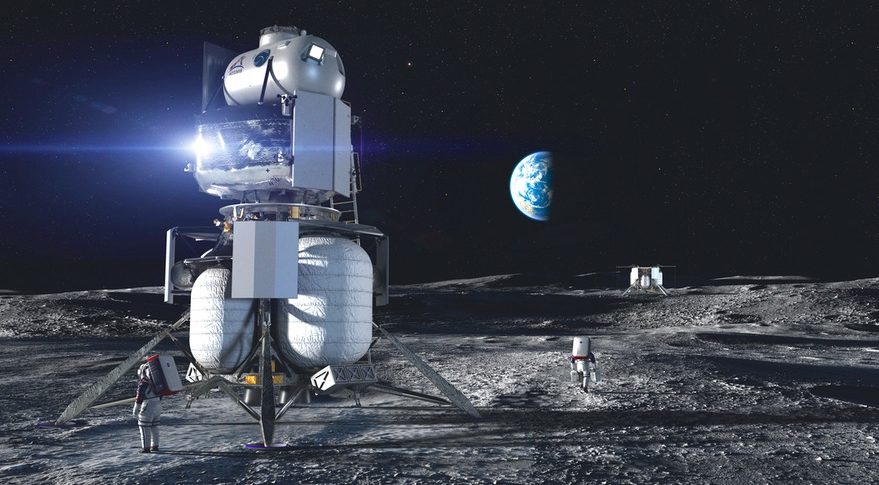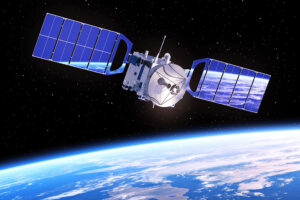Return to the Moon: Rocket Lab Will Help NASA in Artemis Mission
24th May 2021
The Artemis mission aims to advance exploration of the Moon and build a residential and technical complex for further missions to Mars there, while Rocket Lab aim to assist NASA in achieving its goals. Several public and private aerospace companies are involved in this multi-stage project, including SpaceX, Northrop Grumman, Lockheed Martin, Blue Origin, RocketLab, and others.
Each participant should contribute its share; this collaboration will help launch satellites into a new orbit, obtain detailed data on the Moon, land astronauts on its surface, and deploy technological capacities.
Artemis – twin sister of Apollo
NASA plans to land two astronauts, a man and a woman, on the Moon by 2026. After that, the agency will carefully study the Moon surface, its resources, and other data to further explore space.
Artemis goals:
- Uncover Moon’s secrets and learn more about the Earth
- Find water and other resources that can be useful for long expeditions
- Learn how you can exist and work in completely different conditions – outside our home planet, on the surface of another celestial body.
- Find out what equipment and technologies are needed to prepare for a longer space journey – the manned flight to Mars.
CubeSat Capstone – the first lunar scout
To ensure a safe and effective manned flight to the Moon, NASA will first send an autonomous system, CubeSat CAPSTONE, into lunar orbit.
CAPSTONE will enter the Moon’s orbit – something no other satellite has done before. The device should find out the orbit’s detailed characteristics, its dynamics, and check how the communication and navigation systems work there. These findings should reduce risks for other Moon-travelling spacecraft, including a manned one.
The public was kept in the dark as to how exactly NASA will launch a satellite into a lunar orbit, and now that the details are disclosed, the whole world froze in anticipation of this grand event.
First, the CAPSTONE CubeSat will be launched into low Earth orbit using Rocket Lab Electron rocket. Then the Photon Satellite Bus will come into play. The spacecraft will make maneuvers to raise the orbit and prepare CAPSTONE for lunar orbit transfer.
After exiting Photon, a CubeSat with its propulsion system will be able to enter a halo orbit around the Moon in about three months. The satellite will rotate there for at least six months, providing ground stations with important data and making the road to the Moon more accessible for future spacecraft.
Who else is in besides Rocket Lab?
Besides RocketLab, several other space companies are involved in Artemis. They should share their expertise to achieve the mission’s goals.
For example, Lockheed Martin is developing the Orion reusable spacecraft and will be responsible for manned flights. Northrop Grumman is working on a technology that will launch an aircraft from high lunar orbits. And Draper’s part is to provide electronic equipment.
Blue Origin, SpaceX, and Dynetics were selected to develop human lunar landing systems. The first one was supposed to develop a lunar lander called Blue Moon. However, on 16th April this year, NASA announced refusing Blue Origin and Dynetics services in favour of SpaceX. Elon Musk’s company offered a more profitable, complex solution – Starship Lunar Lander, which will land astronauts on the Moon and return them back to the ship.
According to plan, Orion will dock with Starship in lunar orbit. After that, two astronauts will transfer to Starship and travel to the lunar surface and back. However, before any of these are possible, Rocket Lab should deliver its part of the project.






Thank you for your comment! It will be visible on the site after moderation.